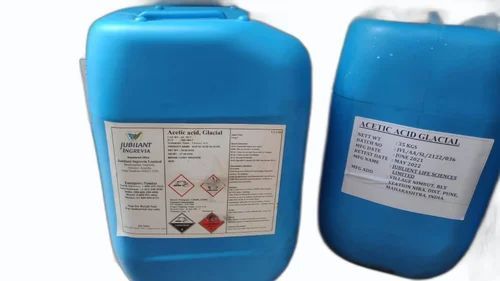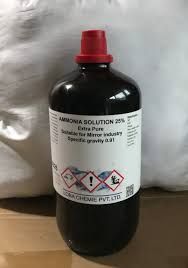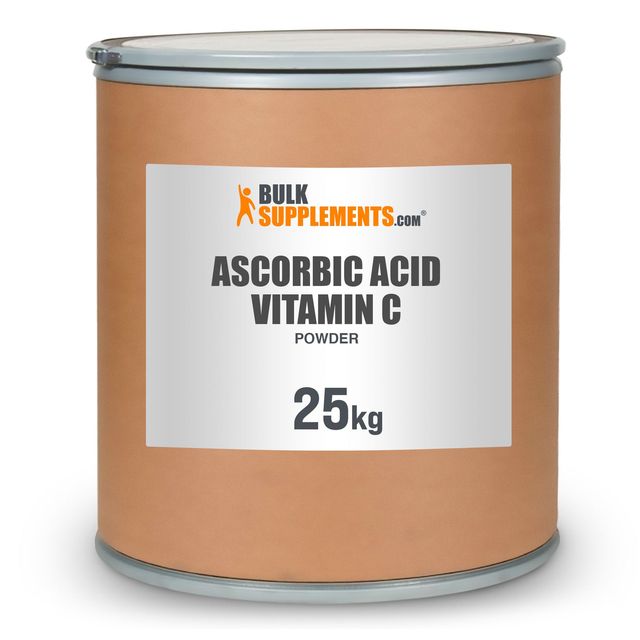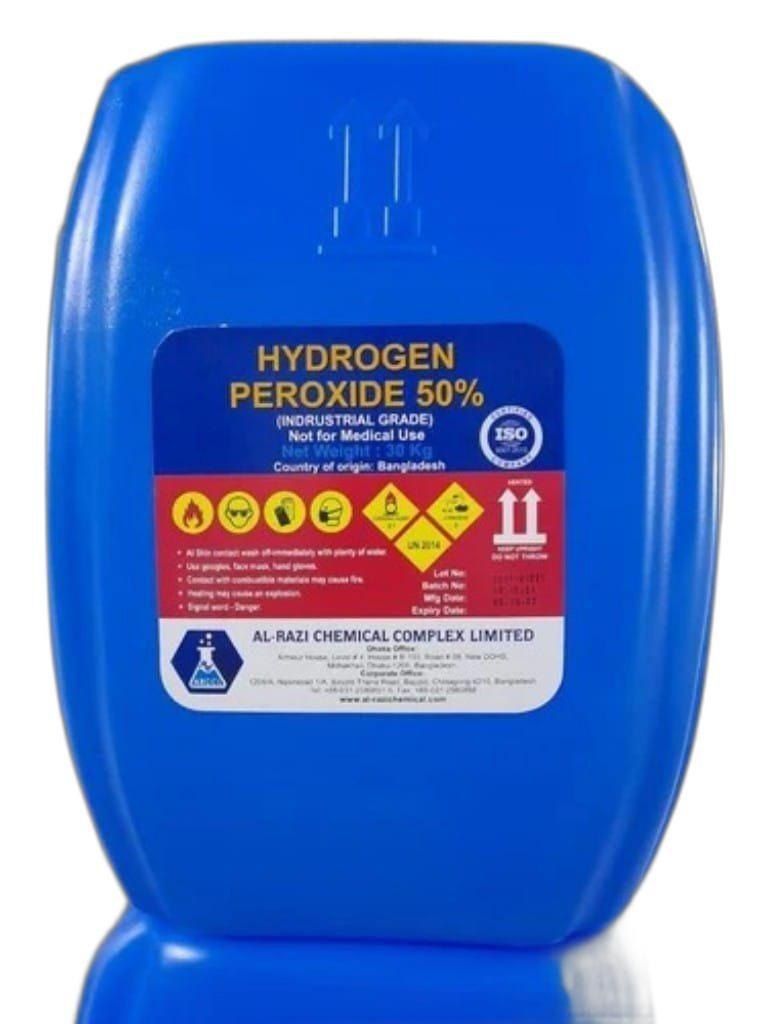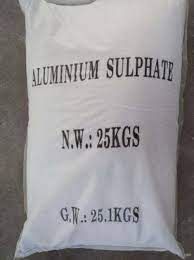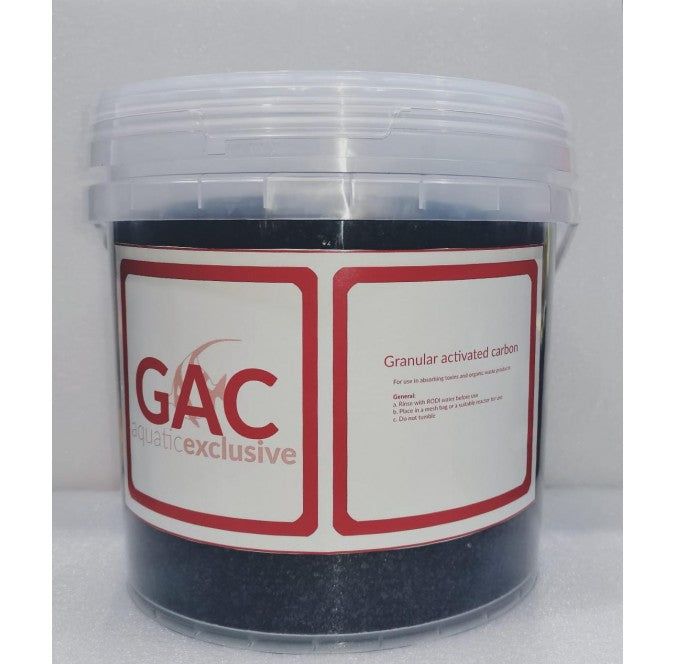Acetic Acid Technical Grade is a high-strength, versatile industrial chemical used extensively across various manufacturing sectors. It is a clear, colourless liquid with a strong, pungent vinegar-like odour, ideal for applications that require reliable acidification, cleaning, or processing where food or analytical grade purity is not necessary.
Chemical Details:
- Chemical Name: Acetic Acid
- Grade: Technical
- Formula: CH₃COOH
- Concentration: Typically 99-100% (glacial acetic acid)
- Appearance: Clear, colourless liquid
- Odour: Strong, pungent, vinegar-like
Key Features:
- Technical grade purity suitable for general industrial and manufacturing use
- High concentration ensures effective performance in multiple applications
- Miscible with water, ethanol, and most organic solvents
- Economical choice for processes that do not require food or laboratory grade purity
Applications:
- Textile industry: Used in dyeing and printing processes as a pH regulator
- Leather industry: Employed in tanning and dyeing treatments
- Rubber industry: Acts as a coagulating agent in latex processing
- Chemical manufacturing: Used as an intermediate in the production of acetates, acetic anhydride, and other chemicals
- Cleaning agent: Effective descaling and cleaning chemical for industrial equipment
- Water treatment: Regulates pH in various industrial water treatment processes
Benefits:
- Provides consistent acidification and pH control in industrial processes
- Enhances product quality in textile and leather finishing
- Serves as a cost-effective cleaning and descaling solution
- Supports large-scale manufacturing needs due to bulk availability
- Reliable chemical performance with minimal impurities for technical applications
How to Use:
- Use directly or dilute as required for specific industrial applications.
- Always refer to standard operating procedures (SOPs) or manufacturer guidelines for concentration and handling requirements in your process.
Safety Precautions:
- Classified as corrosive; avoid direct contact with skin, eyes, or clothing.
- Use appropriate personal protective equipment (PPE) such as gloves, goggles, and protective clothing.
- Ensure adequate ventilation during use to avoid inhalation of vapours.
- Store in a cool, dry, well-ventilated area away from direct sunlight, heat sources, and incompatible materials such as strong oxidizers and bases.
- In case of contact, rinse immediately with plenty of water and seek medical advice if irritation persists.
You may also like
